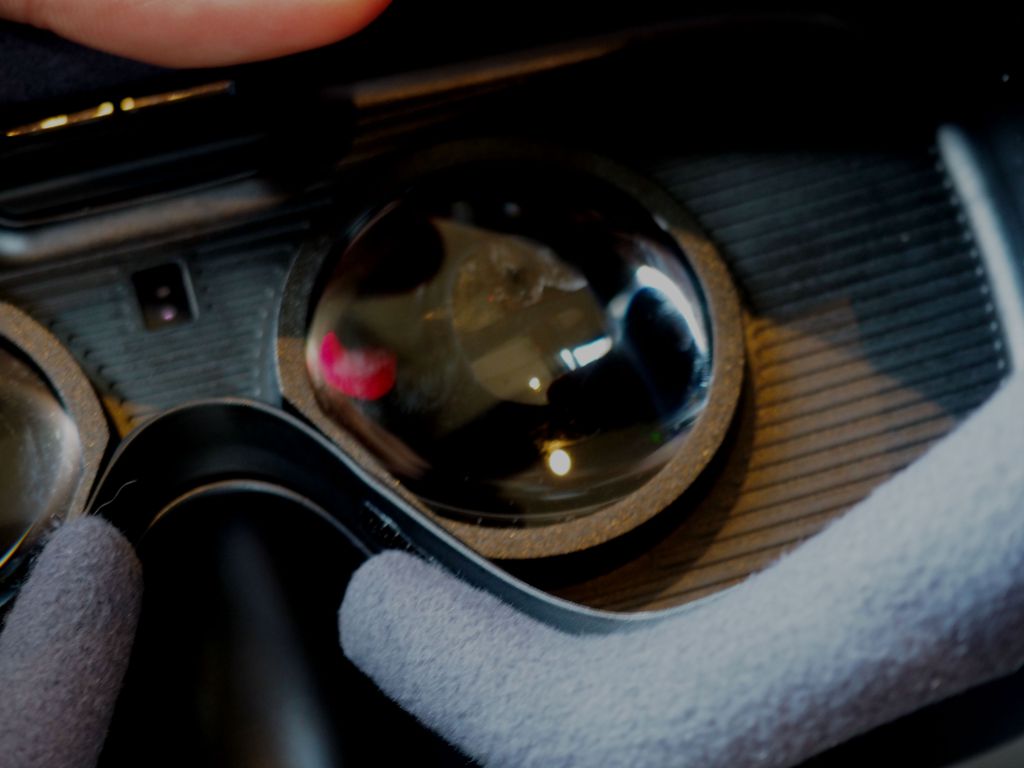
Everyone’s got a VR headset these days. Well, everyone who isn’t Apple, at least. For most companies, it’s mostly a matter of hedging bets — dipping their toes in the water with a slightly souped-up take on Google Cardboard. For Samsung, however, virtual reality is clearly an integral piece of the company’s game plan moving forward.
It’s hard to believe, but the company unveiled the original Gear VR two years ago next month. At that point, the hardware was focused on bringing developers on board, with two early hardware releases going out to interested parties prior to the device’s initial consumer release in late 2015.

The headset sits comfortably in the wide swath of space between Cardboard and higher-end offerings like the Oculus Rift and HTC Vive, which not only run several times the cost but require gaming consoles or high-end PCs. Of course, Samsung did have Oculus’ input on the headset hardware, which goes a long way toward elevating it over other entry-level headsets. But the Gear VR comes in at a penny under $100 and just needs a Samsung handset to work.
When it was announced earlier this month at Samsung’s Unpacked event for the Note 7, the second-gen headset was simultaneously front and center and a bit of an afterthought to the main event. While the company reserved most of the pomp and/or circumstance for its shiny new phablet, it devoted large chunks of the unveil to its virtual reality experience filtered through the Gear headsets it distributed to attendees, highlighting the peripheral’s AR and VR offerings while also promoting the new Gear 360 camera.

It’s easy to see why Samsung didn’t make quite as big a stink about the new headset. While the company looks to only increase its commitment to the format, the new Gear VR is more a refresh than a full-on upgrade. In fact, the company didn’t even go so far as calling this version the Gear VR 2. Nope, it’s just the Gear VR once again, quietly replacing its predecessor.
The upgrades here are mostly tweaks. Fixes to its predecessor aimed at maintaining its status as the best $100 VR headset around. The most immediately apparent change is purely aesthetic, trading in gen one’s Stormtrooper black and white for a dark blue/black design. I was actually kind of fond of the old color scheme, but the newer darker one does lend an air of seriousness to the hardware (even if it suddenly doesn’t match the Gear 360).
Samsung has increased the padding, as well. And indeed, it’s quite comfortable, owing to both the upgraded design and the fact that the whole thing is pretty lightweight, even with a phone slotted into the front. I could see myself wearing this thing for a while, which, honestly, worries me slightly.

